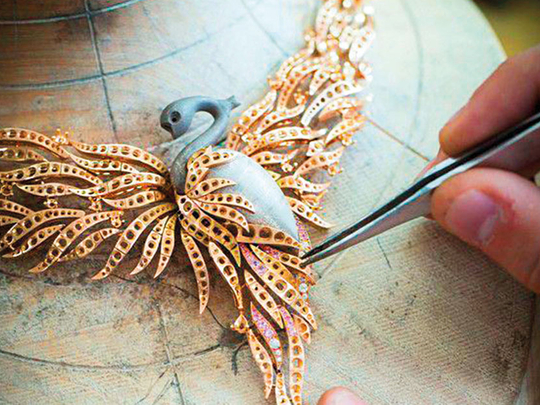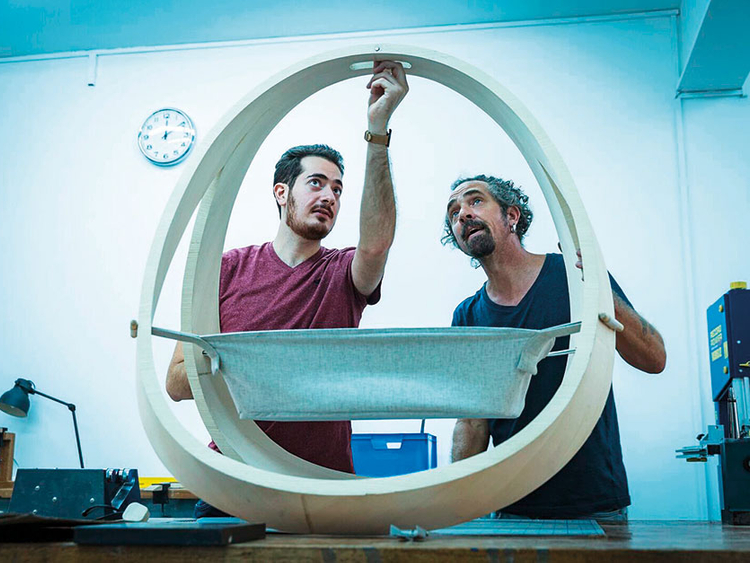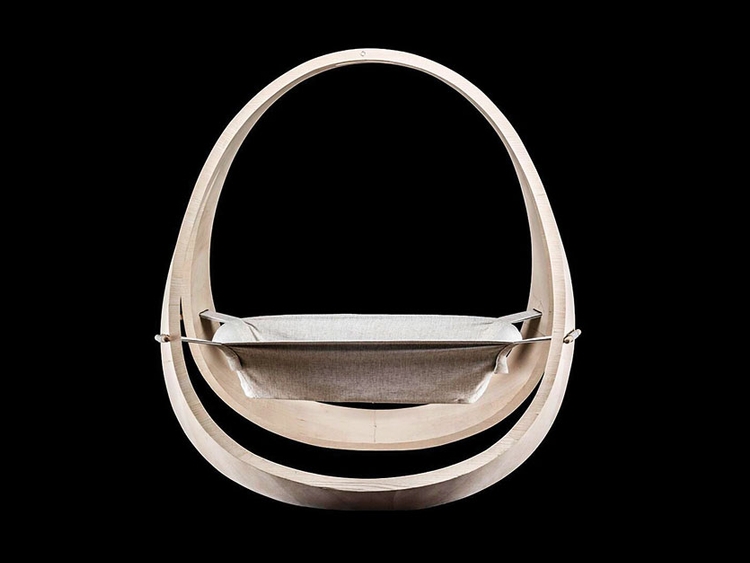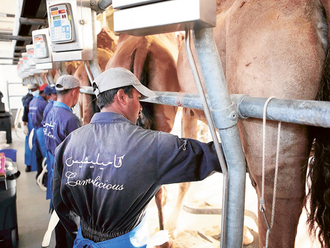
Since 2012, from its 18th-century pied-a-terre in Place Vendome, Paris, the jewellery design school L’Ecole Van Cleef has shared the fascinating and secretive world of fine jewellery and watchmaking with the general public. Founded to inspire the next generation of high arts experts, L’Ecole Van Cleef & Arpels hopes to instill an intellectual and emotional understanding of the spirit of these exceptional crafts.
To encourage mastery of techniques through personal experience, the school’s nomadic campus lands in Dubai — following great success in Hong Kong, Tokyo, and New York — from November 7-25 at Hai d3. “L’Ecole travels around the world in a spirit of open sharing and transmission,” says Marie Vallanet-Delhom, President of the school. “It allows us the opportunity to convey our knowledge of fine craftsmanship, jewellery and watchmaking, through our very own Van Cleef & Arpels master artisans and professionals, imparting their knowledge of crafts mastered by the maison for over a hundred years.”
Over the course of the three-week programme, the Dubai edition of the nomadic school will offer 14 adult classes around three broad themes: Savoir-Faire, Art History of Jewels, and The Universe of Gemstones; as well as five creative workshops for children and adolescents, aged five to 16. Classes are open to everyone, with no prior qualification or experience necessary to enrol.
Transforming the Hai d3 container complex into a setting that befits the exclusive workshops is the vision of Dubai Design District-based designer Fadi Sarieddine. Known for works that contemporise the Middle Eastern design codes, he imagines the space as a bridge between the school’s storied crafts and Dubai’s history. “We sought inspiration from the region’s pearl diving legacy,” explains Sarieddine. As he is known to do, he eschewed any obvious referencing to focus on the materiality traditionally associated with pearl diving. “Divers used to do so much with very little tools and we wanted the space — from the overarching mood to the practical furniture — to emulate the same spirit.”
As a result, oak wood, leather and brass hardware that recalls the tools of the divers inform the design detail. This conjunction of the past and present is evident in the overall campus design. Linen canopies and net structures map the wayfinding trails, creating informal zones wherever they overlap, while doubling up as shading agents.
Ranging from evening conversations, to landmark exhibitions and complementary outdoor cinema screenings, a comprehensive public programme designed specifically for the school’s Dubai chapter will offer an immersive experience for anyone interested in design, history, jewellery and contemporary culture. The amphitheatre — the setting for these talks and seminars — takes creative cues from the oyster shell; relying on a bespoke lighting design to hone in the inspiration.
To register for the workshops visit me.lecolevancleefarpels.com. Upon registration for the adult classes, students are asked to contribute a minimum donation of Dh400, 100 per cent of which will be donated to Dubai Cares.
Middle East Emergent Designer Prize
Dubai-based Jordanian designer Hamza Al Omari has been awarded this year’s Middle East Emergent Designer Prize by Van Cleef & Arpels in collaboration with Tashkeel and Design Days Dubai. The high jewellery maison will showcase his piece, Mahad, this November at the Dubai Design District.
Through an open call in November 2016, emerging designers from the Gulf Cooperation Council (GCC) region were invited to submit proposals in response to the theme of ‘Growth’. The aim of the Middle East Emergent Designer Prize is to nurture emerging talent across the GCC and create global awareness by highlighting the region’s best designs.
Omari’s winning creation is a contemporary baby cradle comprising wood, leather and felt, inspired by a Bedouin piece of furniture called Al Sameel, traditionally used to turn goat’s milk into cheese. Constructed with dual functionality in mind, Mahad can be used to turn goat milk into cheese during the day and used as a child’s cradle at night.










